Introduction
Sri Lanka may be small in size, but this teardrop–shaped island in the Indian Ocean packs more variety into its shores than some continents do. Golden beaches fringe its coastline, ancient fortresses rise above emerald forests, wildlife thrives in national parks, and hill stations are blanketed by mist and tea fields. Travellers return home talking about the warmth of the people as much as the beauty of the landscapes. Whether you’re a history buff, a beach lover, a food enthusiast or an adventure seeker, Sri Lanka offers an intoxicating mix of experiences that seem almost tailor-made for the curious visitor. This guide explores some of the reasons this island draws travellers from around the world, from its World Heritage sites and safaris to its cuisine and unique train journeys.
Ancient wonders and culture
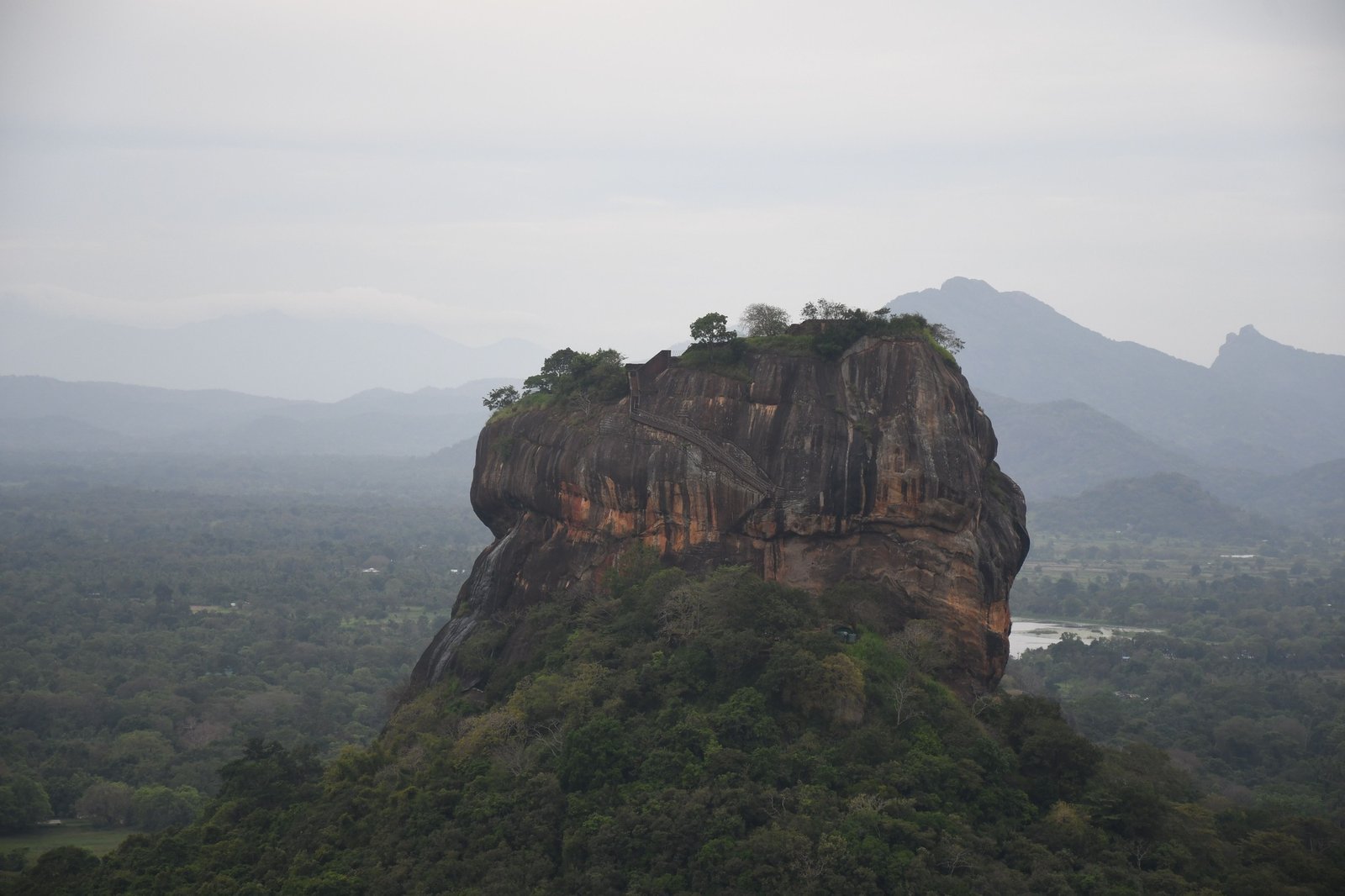
Sri Lanka’s cultural heartland is often referred to as the Cultural Triangle, an area connecting the historic capitals of Anuradhapura, Polonnaruwa and Kandy. Here you’ll find a concentration of UNESCO World Heritage Sites and ancient ruins that tell stories of forgotten kingdoms. A highlight of the triangle is Sigiriya, an imposing rock citadel that rises almost 200 meters above dense jungle. Built in the 5th century by King Kashyapa, this so-called ‘Lion Rock’ features painted frescoes, landscaped terraces and the remnants of a palace at its summit. Climbing to the top is a memorable experience that rewards visitors with panoramic views across the surrounding plains. Nearby Dambulla Cave Temple houses cave shrines filled with statues of the Buddha and colorful murals, while the ancient city of Anuradhapura boasts towering stupas and sacred Bodhi trees that have been worshipped for centuries.
Just outside the triangle lies Galle, a fortified city on the south-west coast. The old quarter within the Dutch-built ramparts has been recognised as a World Heritage Site and is a charming place to wander cobblestone streets lined with colonial houses, churches and museums. Time seems to slow down here; stop to sip tea at a café, browse craft shops or watch locals play cricket on the grass ramparts. Back inland, the city of Kandy sits beside a lake and is home to the revered Temple of the Tooth, which houses a sacred relic believed to be a tooth of the Buddha. During the annual Esala Perahera festival, dancers, drummers and lavishly decorated elephants parade through the streets in one of the island’s most spectacular celebrations.
Wildlife encounters and safari thrills
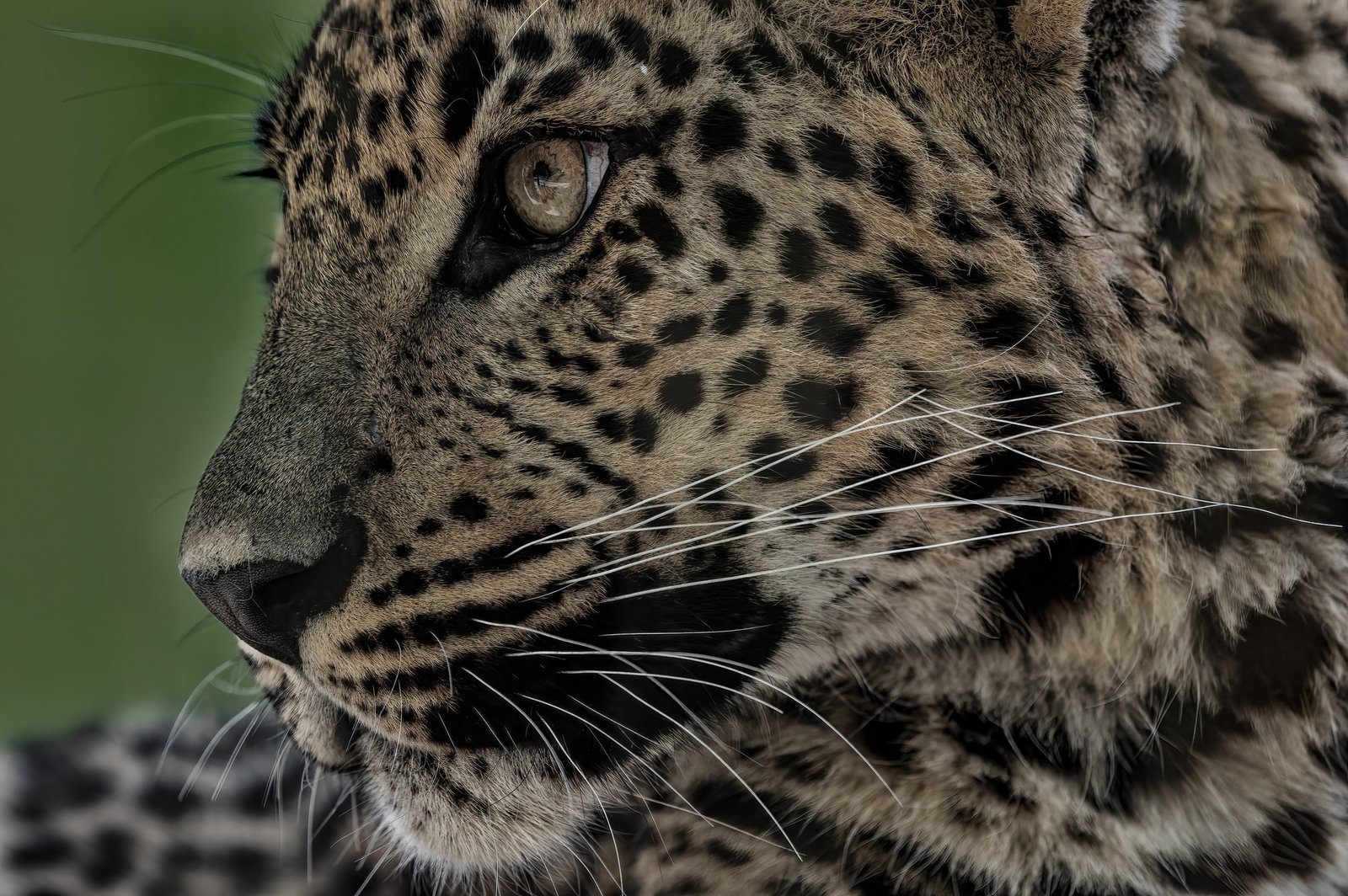
Sri Lanka is a wildlife lover’s paradise. Despite its modest size, the country boasts a number of national parks where you can witness animals in their natural habitat. Yala National Park on the south-east coast is the country’s most visited park and is famous for its high density of leopards. Jeep safaris here reveal not only elusive big cats but also elephants, sloth bears, sambar deer and flocks of colourful birds. Safari operators typically schedule drives in the early morning or late afternoon when animals are most active.
If it’s elephants you’re after, head to Minneriya or Kaudulla on the central plains. During the dry season (July to early November) hundreds of Asian elephants congregate at the reservoirs, an awe-inspiring event known as The Gathering. Watching families of elephants, including playful calves, drinking and socialising is a highlight for many travellers. Other parks like Udawalawe and Wilpattu offer equally rewarding experiences, with herds of buffalo, crocodiles and a wealth of birdlife to be seen. Less visited reserves such as Gal Oya provide the chance to explore by boat and spot wildlife along riverbanks, a unique perspective described by honeymoon travellers who picnicked beside the river and stayed in rustic jungle lodges.
Coastlines of every character

Sri Lanka’s coastline is as diverse as its landscapes. On the south coast, the popular resort town of Unawatuna curves around a banana-shaped bay with golden sand, turquoise water and swaying palm trees . A pagoda and Buddha statue perch on a hill at one end, offering views across the bay and out to the Indian Ocean. Behind the beach, a jumble of restaurants and shops caters to visitors. Unawatuna can be busy during peak season, so travellers in search of quieter sands may prefer nearby Bentota , Mirissa or Tangalle. Mirissa combines laid-back beach vibes with the chance to spot whales and dolphins between November and April, and features photogenic spots like Coconut Tree Hill, Secret Beach and Parrot Rock .
On the east coast, Arugam Bay is known for its world-class surf breaks and casual cafés, while Trincomalee boasts powdery white sand and calm, crystal-clear waters. Because Sri Lanka straddles two monsoon systems, different coasts shine at different times of year. Southern and western beaches are typically dry and sunny from December to April, whereas the east coast enjoys its best weather from May to September . No matter when you visit, it’s easy to find a stretch of sand to suit your mood – from lively resort strips to secluded coves backed by mangroves.
Hill country by rail and road
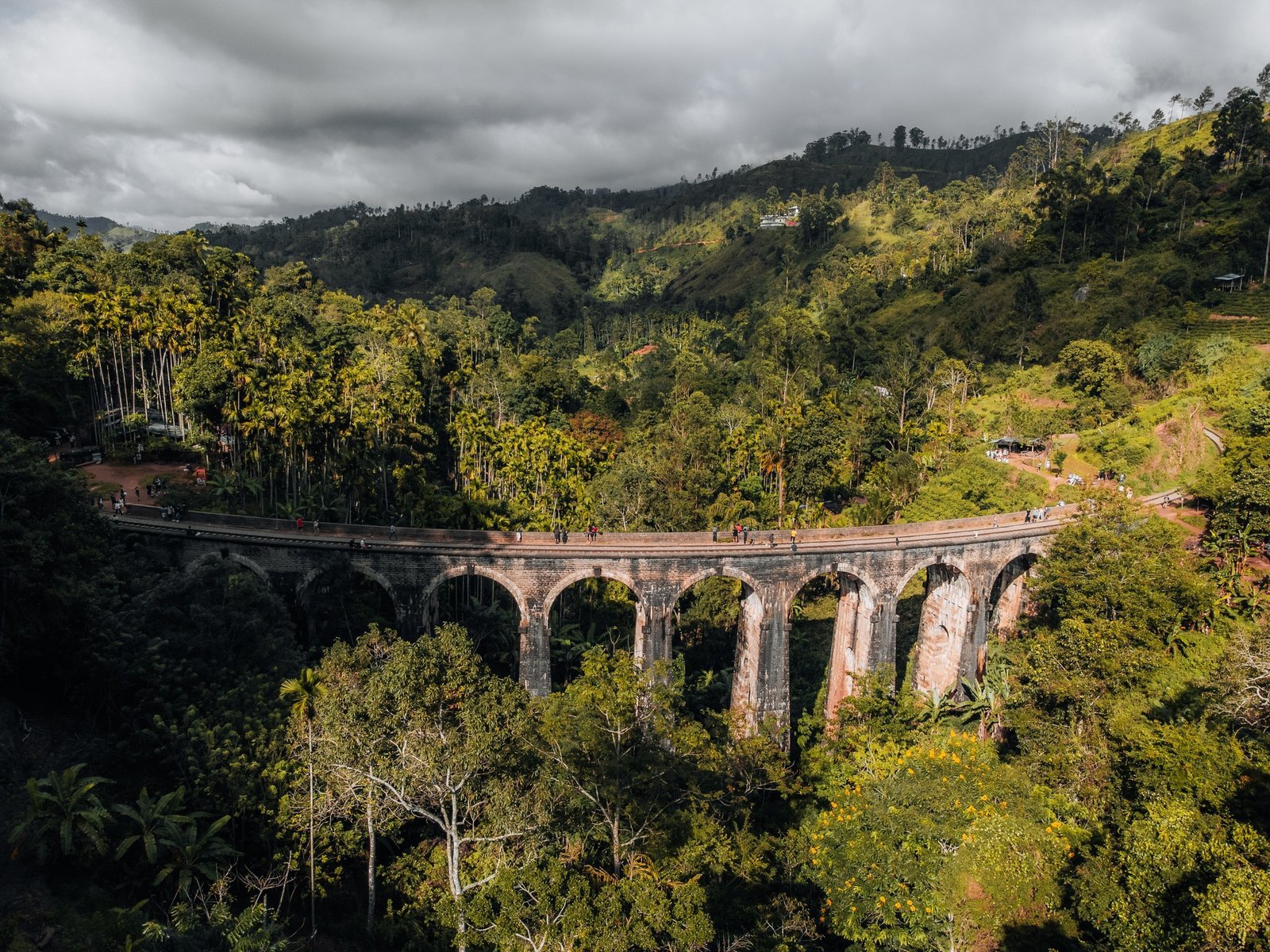
Venture inland and the scenery changes dramatically. The central highlands are draped with tea plantations and cloud forests, punctuated by waterfalls and colonial-era towns. One of the most iconic experiences is the train journey from Kandy to Ella, which winds through emerald hills, tunnels and over viaducts, offering sweeping views of tea estates and mist-shrouded valleys . Passengers lean out of open carriage doors to snap photos, share snacks with locals and breathe in the cool mountain air. The journey ends in Ella , a chilled village surrounded by hiking trails such as Little Adam’s Peak and the Nine Arches Bridge. The area is also a gateway to tea factories where visitors can learn how Ceylon tea is produced and sample freshly brewed cups.
Near Ella, the colonial hill station of Nuwara Eliya (nicknamed ‘Little England’) offers manicured gardens, old country mansions and a golf course reminiscent of British high society. The town is a good base for exploring Horton Plains National Park, where the World’s End cliff drops dramatically into the plains below. Meanwhile, Hatton and Dickoya provide access to tea estates that were once the domain of British planters; honeymooners rave about the views from boutique properties perched above Castlereagh Lake.
A culinary journey

Sri Lankan cuisine is a feast of flavours influenced by Malay, Indian, Arab and colonial traders. A typical meal centres on rice and curry, with steamed rice served alongside a selection of 3–5 vegetable, fish or meat curries and sambals. Curries are aromatic rather than fiery, often flavoured with coconut milk, roasted spices, cinnamon and pandan leaves. For breakfast, locals enjoy hoppers (appa), bowl-shaped pancakes made from rice flour and coconut milk, sometimes topped with an egg. Street vendors often prepare kottu roti, a comforting stir-fry made of chopped flatbread, vegetables, eggs and optional meat; the rhythmic clatter of metal blades chopping ingredients on the griddle is part of the experience .
Other dishes to try include lamprais , a parcel of rice, meat curry and sambal wrapped in a banana leaf and baked, string hoppers, delicate nests of steamed rice noodles; pol sambol, a fiery coconut relish that accompanies almost every meal; and watalappan , a rich coconut custard dessert flavoured with jaggery and spices. To beat the heat, sip on a glass of wood apple juice – a tangy, sweet and slightly fizzy drink said to aid digestion – or sample toddy , a mildly alcoholic beverage fermented from palm sap. When ordering at restaurants, don’t hesitate to ask for dishes to be prepared “a little spicy” if you prefer a milder kick; Sri Lankan hosts are incredibly accommodating and will often check your spice tolerance.
Warm hospitality and unique stays
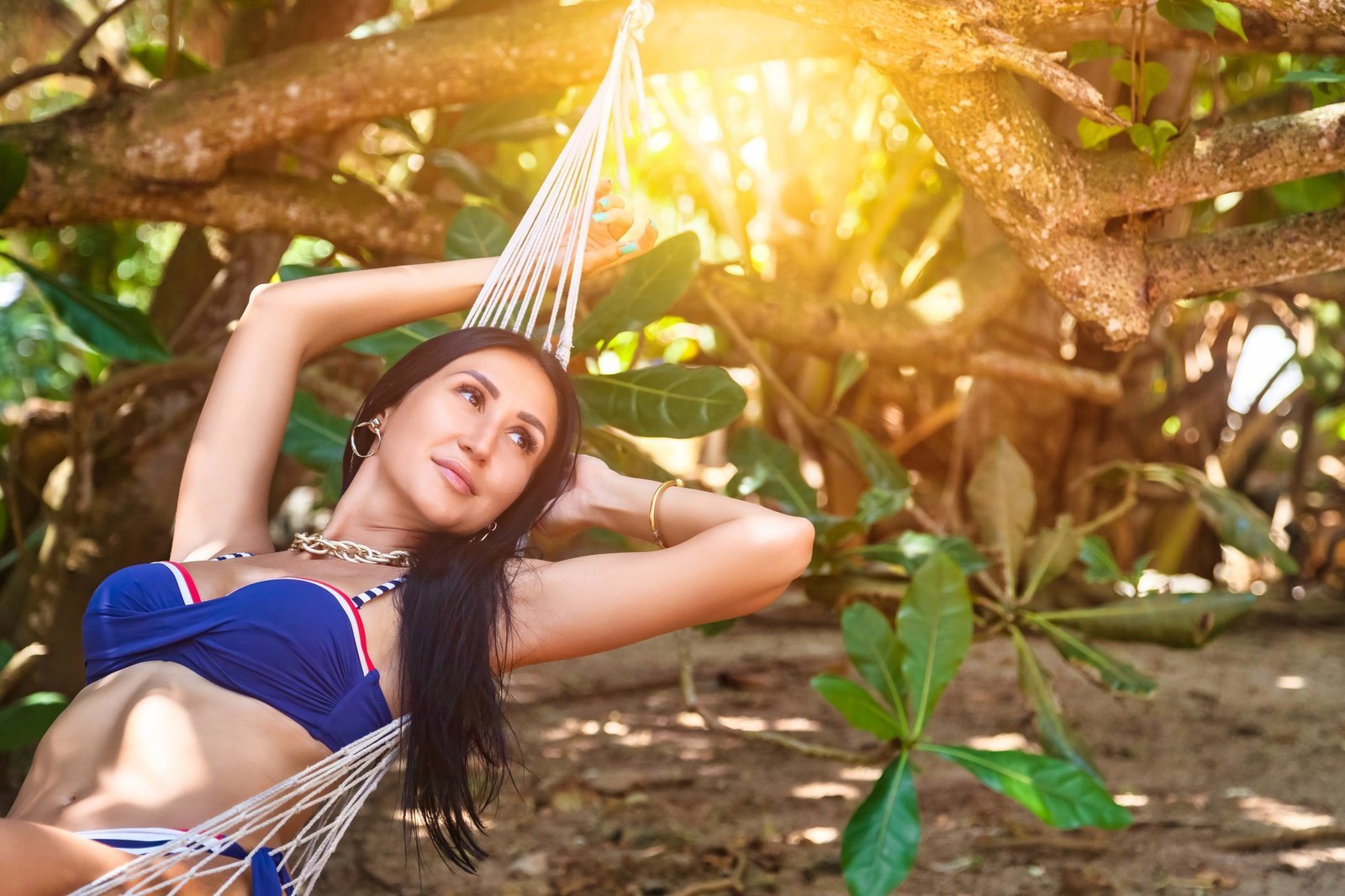
Sri Lankans are renowned for their hospitality, and this is evident in the variety of places you can stay. In the cultural triangle, boutique hotels like Jetwing Vil Uyana blend modern comforts with nature, offering wooden villas set over wetlands and personalised service; guests return from days exploring Sigiriya and Anuradhapura to spicy cocktails, multi-course dinners and indulgent spa treatments. In the central highlands, restored manor houses such as the Kandy House welcome guests with intimate gardens, home-cooked meals and afternoon tea on the lawn at 3pm. For an immersive tea country experience, you can ride the train from Kandy to Hatton and stay at properties like Camellia Hills , where spectacular views of Castlereagh Lake are paired with cooking classes and endless cups of tea.
On safari, eco-friendly lodges and tented camps put you close to the action while keeping comfort high. At Gal Oya Lodge , cabins are nestled in the jungle, and boat safaris along the river reveal elephants, birds and crocodiles in peaceful surroundings. In Yala, some camps let you drive along the sand to begin game drives before returning for drinks at a beach bar and dinner under the stars . Along the south coast, stylish beachfront retreats offer sunset swings, coconut cocktails and poolside bliss. Whether you stay in a simple guesthouse, a colonial bungalow or a contemporary villa, you’ll find Sri Lankans eager to share stories, offer advice and make you feel at home.
Diverse activities and adventures
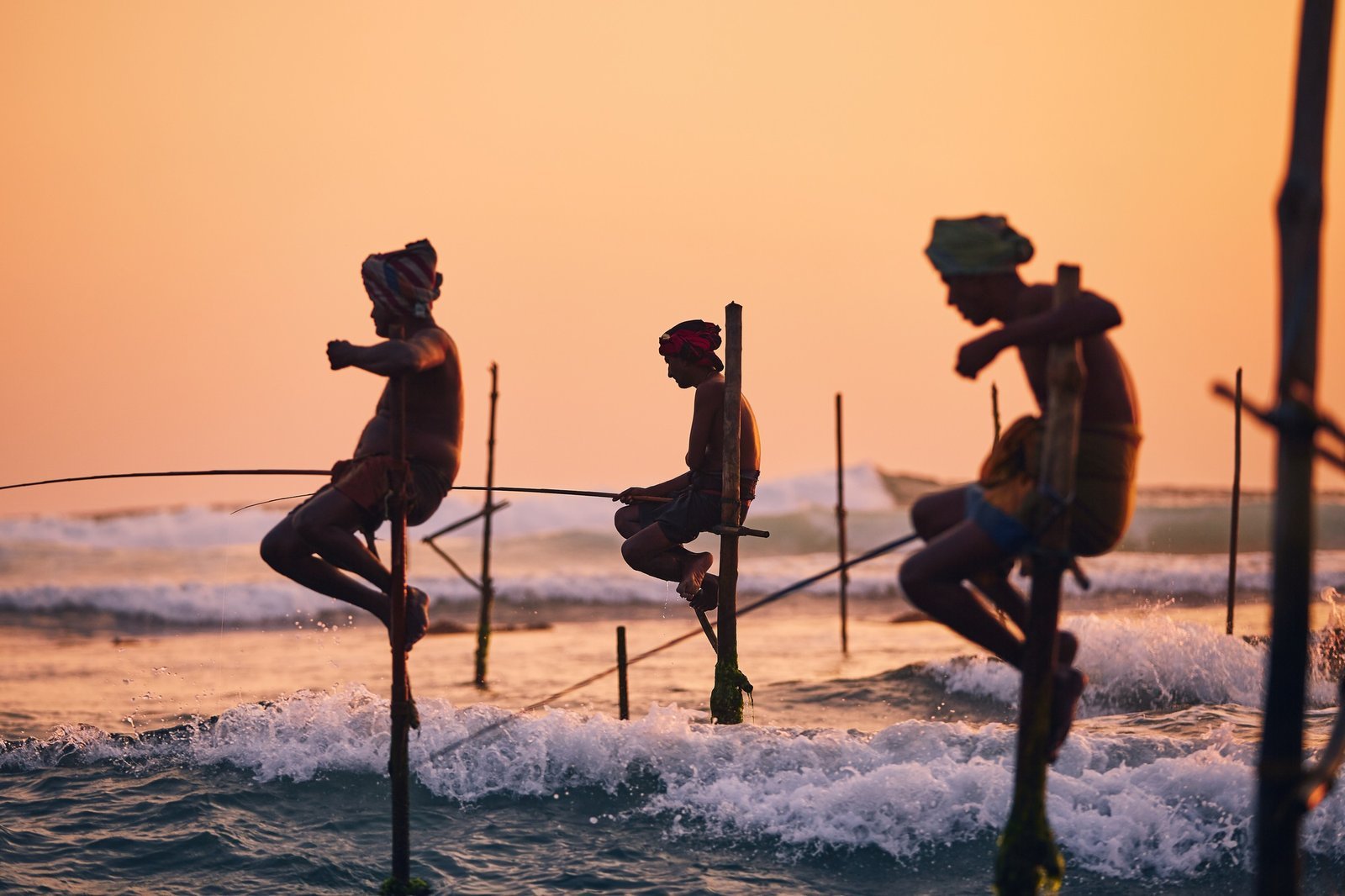
Beyond the famous attractions, Sri Lanka offers endless opportunities for adventure. Hiking enthusiasts can climb Pidurangala Rock for a less-crowded alternative to Sigiriya and enjoy sweeping views of the Lion Rock itself . Surfing is world-class on the east coast; Arugam Bay hosts international competitions yet retains a laid-back vibe. Off the south coast, the waters around Mirissa host blue whales and spinner dolphins from November to April. Inland, white-water rafting on the Kelani River, cycling through rice paddies, cooking classes and yoga retreats add depth to itineraries. Because the island’s climate is governed by two monsoons, there is always a region with good weather , so travellers can plan adventures year-round.
From ancient fortresses and sacred temples to wildlife safaris, tropical beaches, misty tea hills and mouth-watering cuisine, Sri Lanka weaves a rich tapestry of experiences that is hard to find elsewhere. The island’s compact size makes it easy to combine history, nature and relaxation into a single trip without spending long days in transit. At the same time, Sri Lanka’s diversity means there is always more to discover on return visits. Whether you’re planning a family vacation, a romantic honeymoon or a solo adventure, the warmth of its people and the depth of its heritage will leave you with lasting memories. To explore the wonders described here and more, reach out to Thusi Tours Sri Lanka . Our local expertise and personalised service will ensure you experience the very best of this island nation, crafted around your interests and pace.
